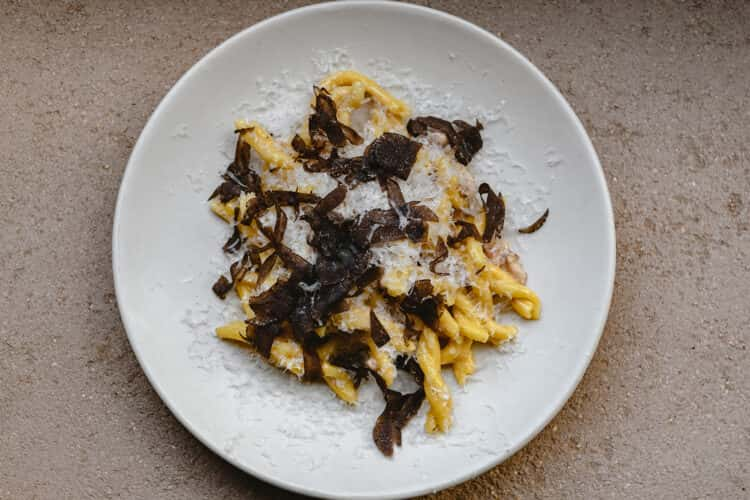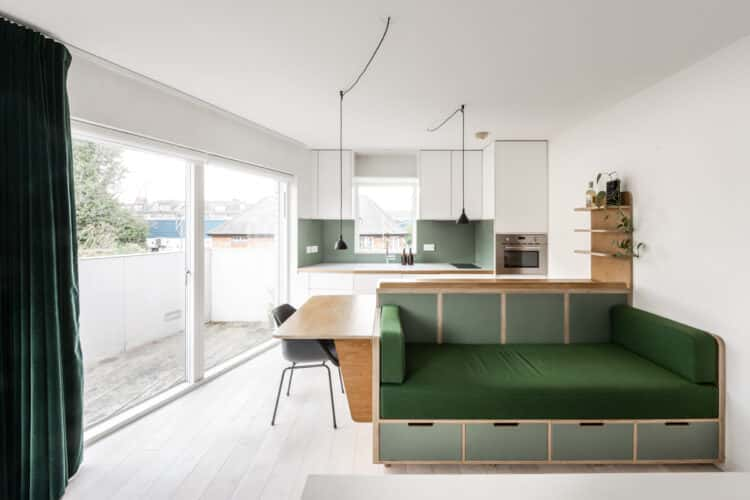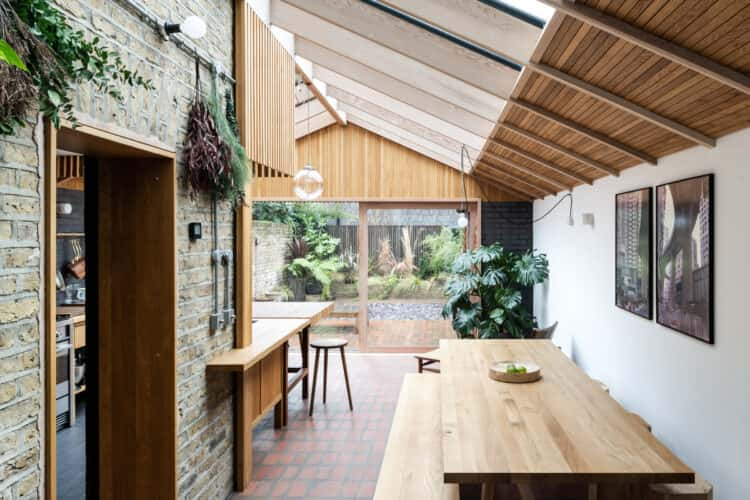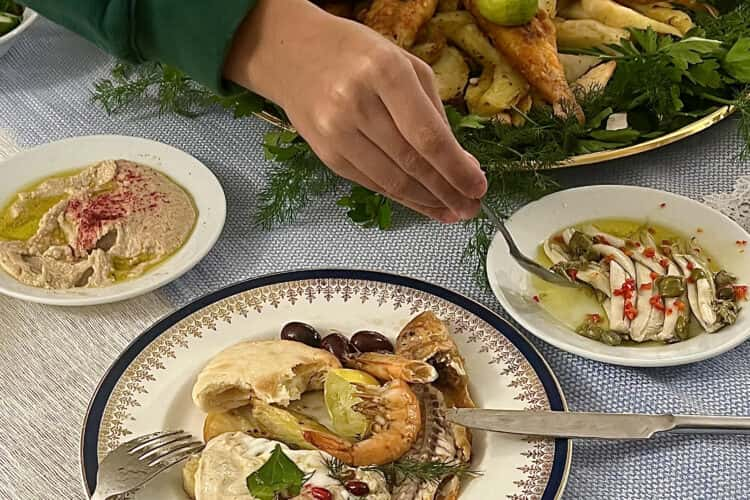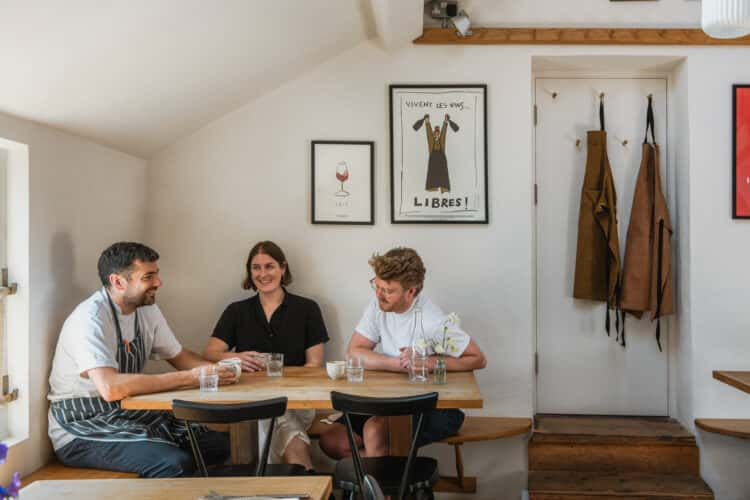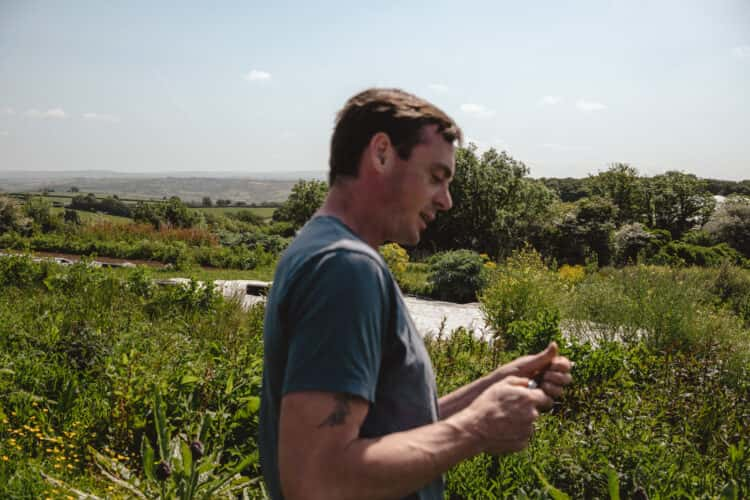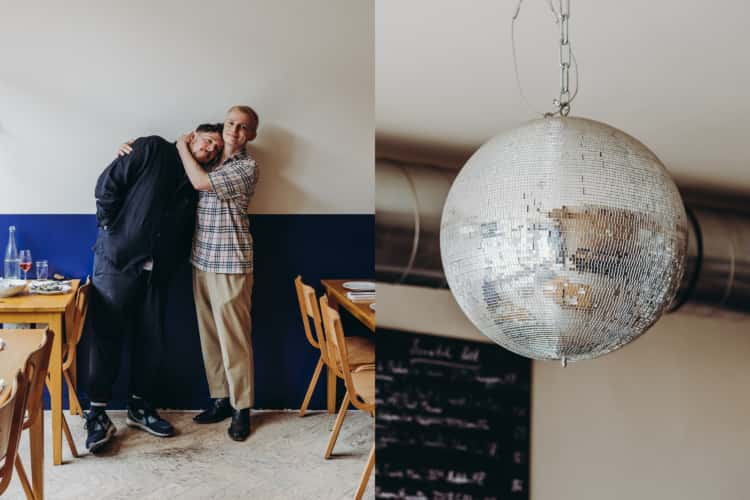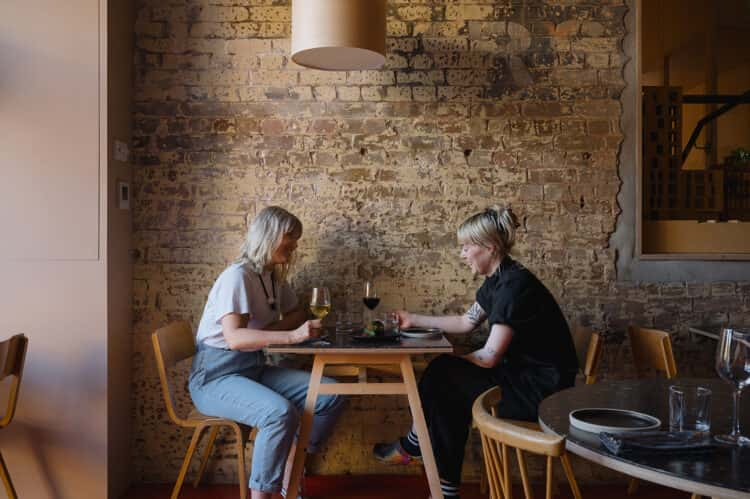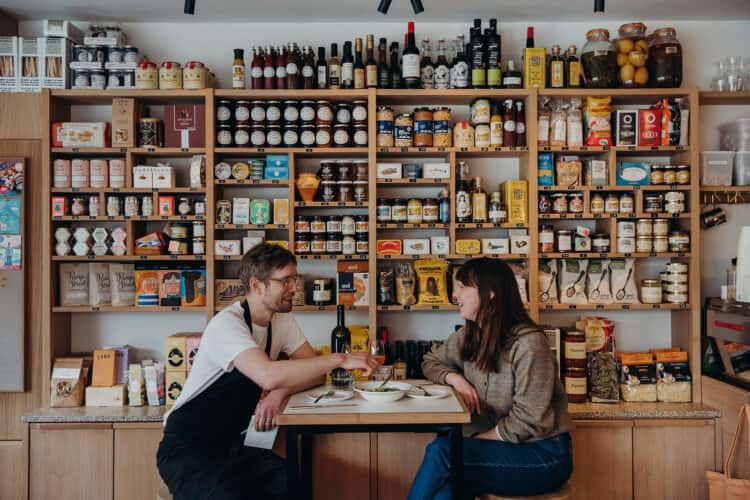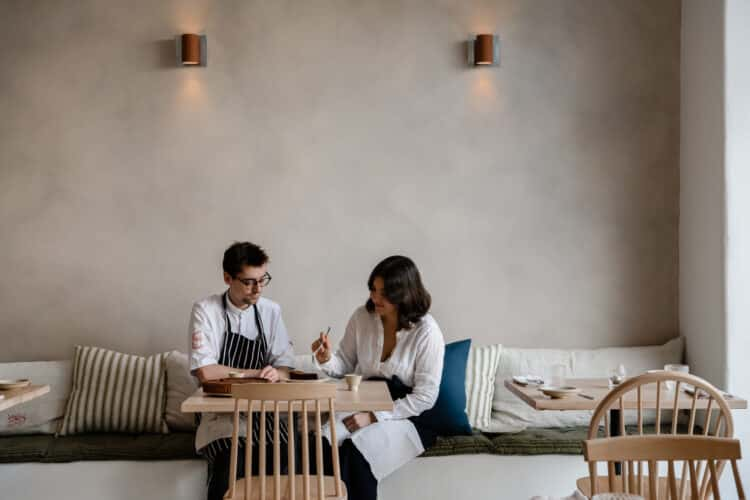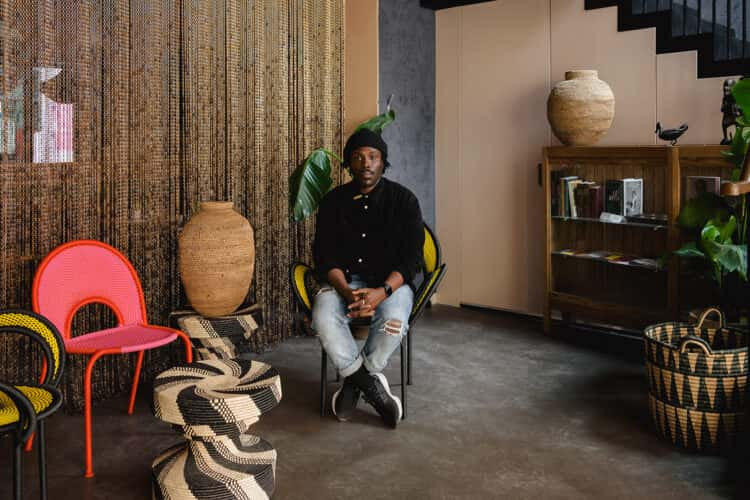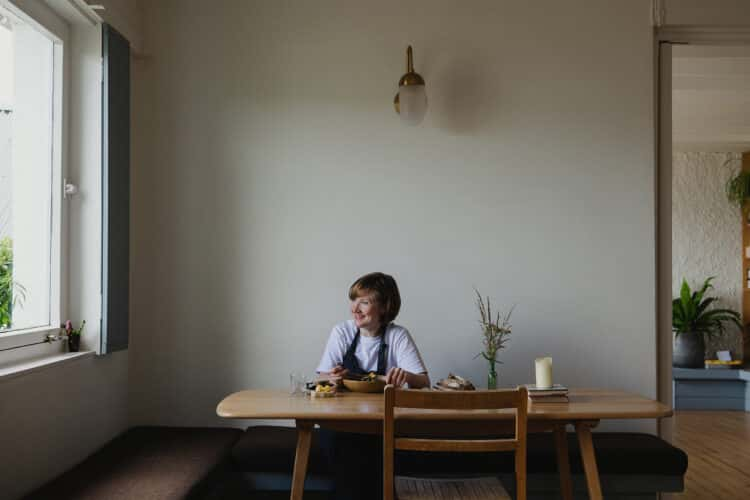How America’s lively dining scene inspires chef Chris Leach at nose-to-tail restaurant Manteca in Shoreditch, east London
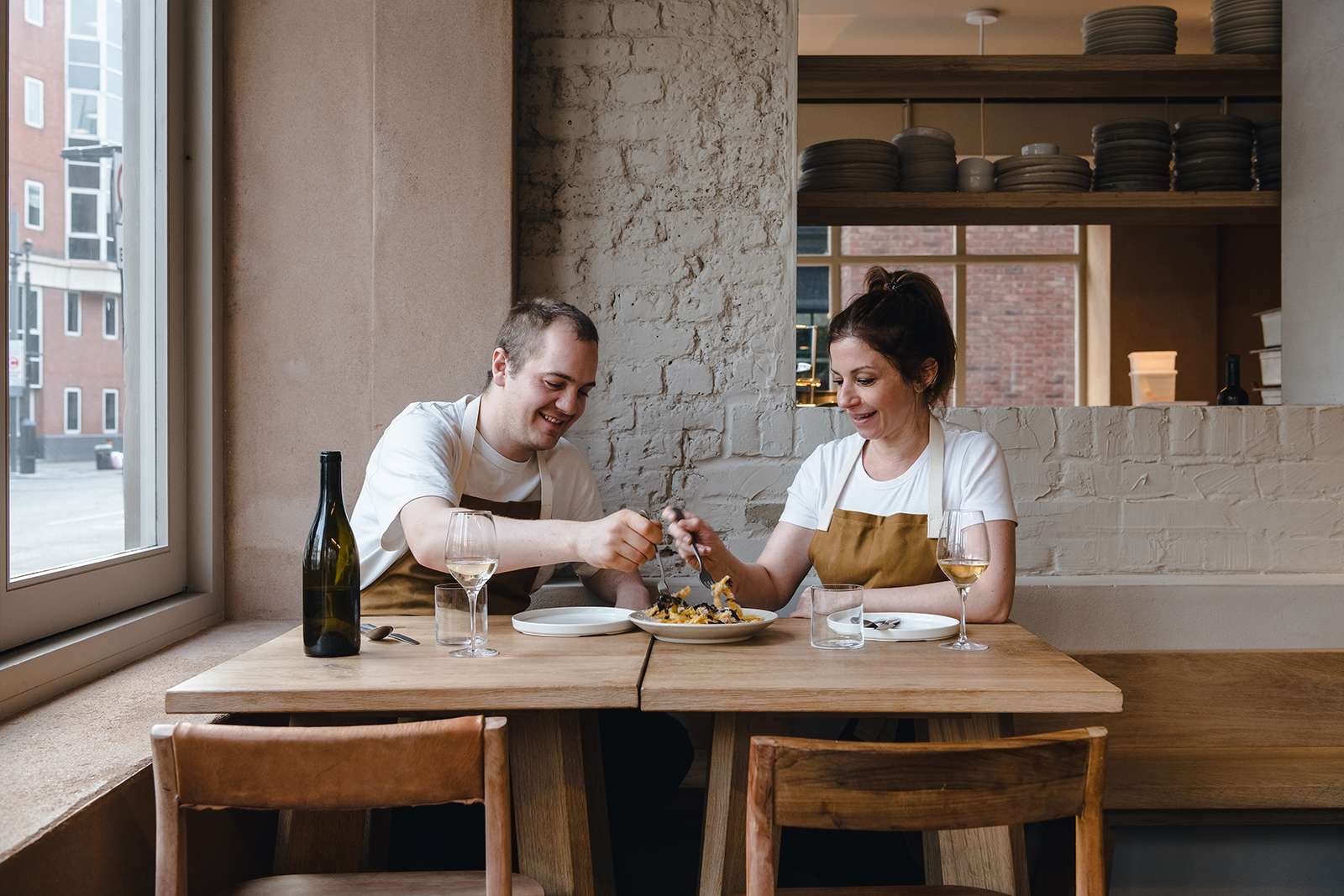
It’s been nearly six months since Manteca welcomed customers to its new east London address. The building is big enough that Chris and his team can conjure the same buzz of the diners he admires in New York and LA, but the food is anything but an afterthought. The sculpted pig’s head that hangs above Manteca’s entrance is telling of its menu, where dishes such as pig head ragù and pig head fritti sit alongside crowd-winning plates of pasta. Here, as shares a recipe for strozzapreti alla norcina, Chris tells us why nose-to-tail cooking has his heart – and a restaurant is nothing without soul.
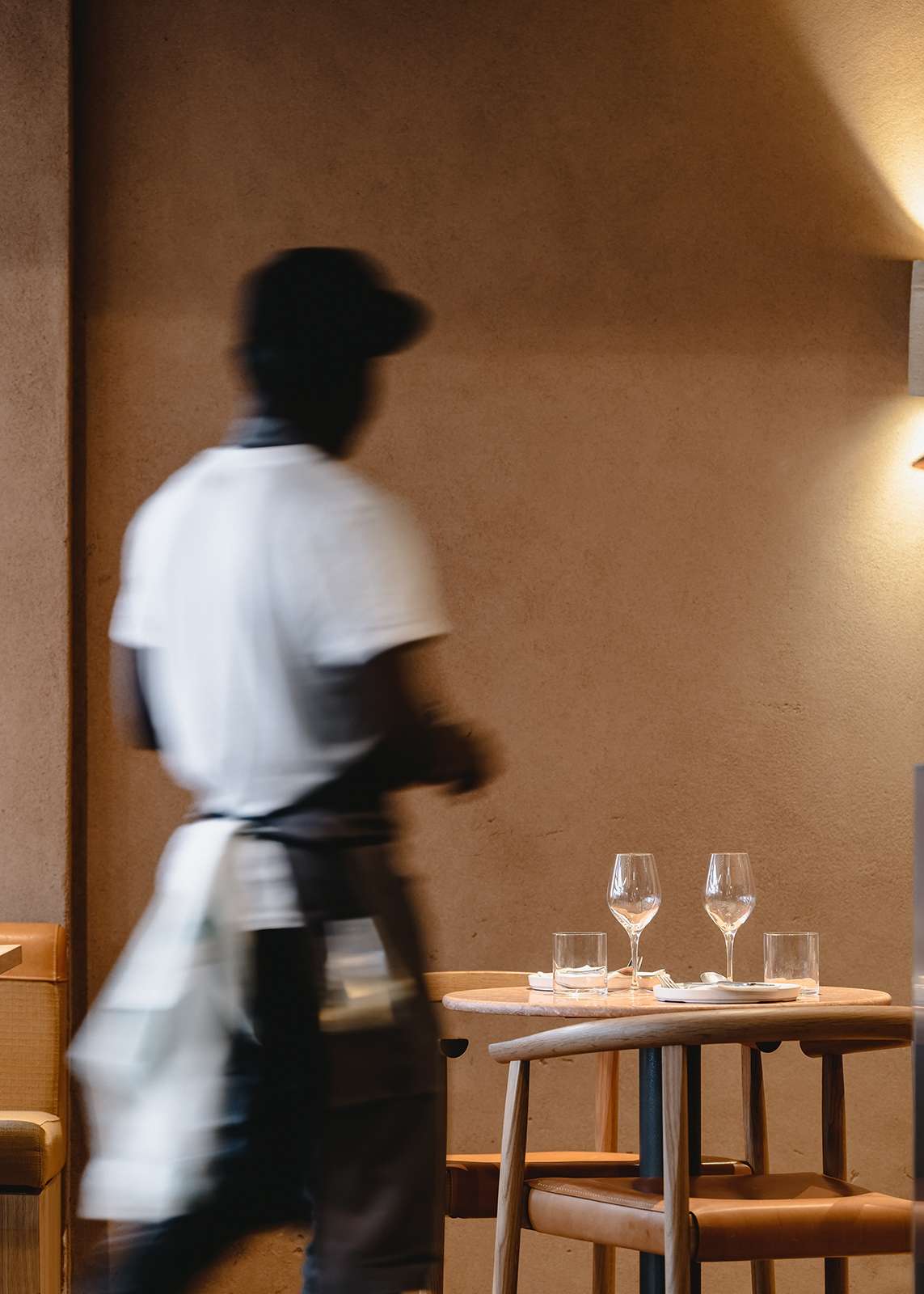
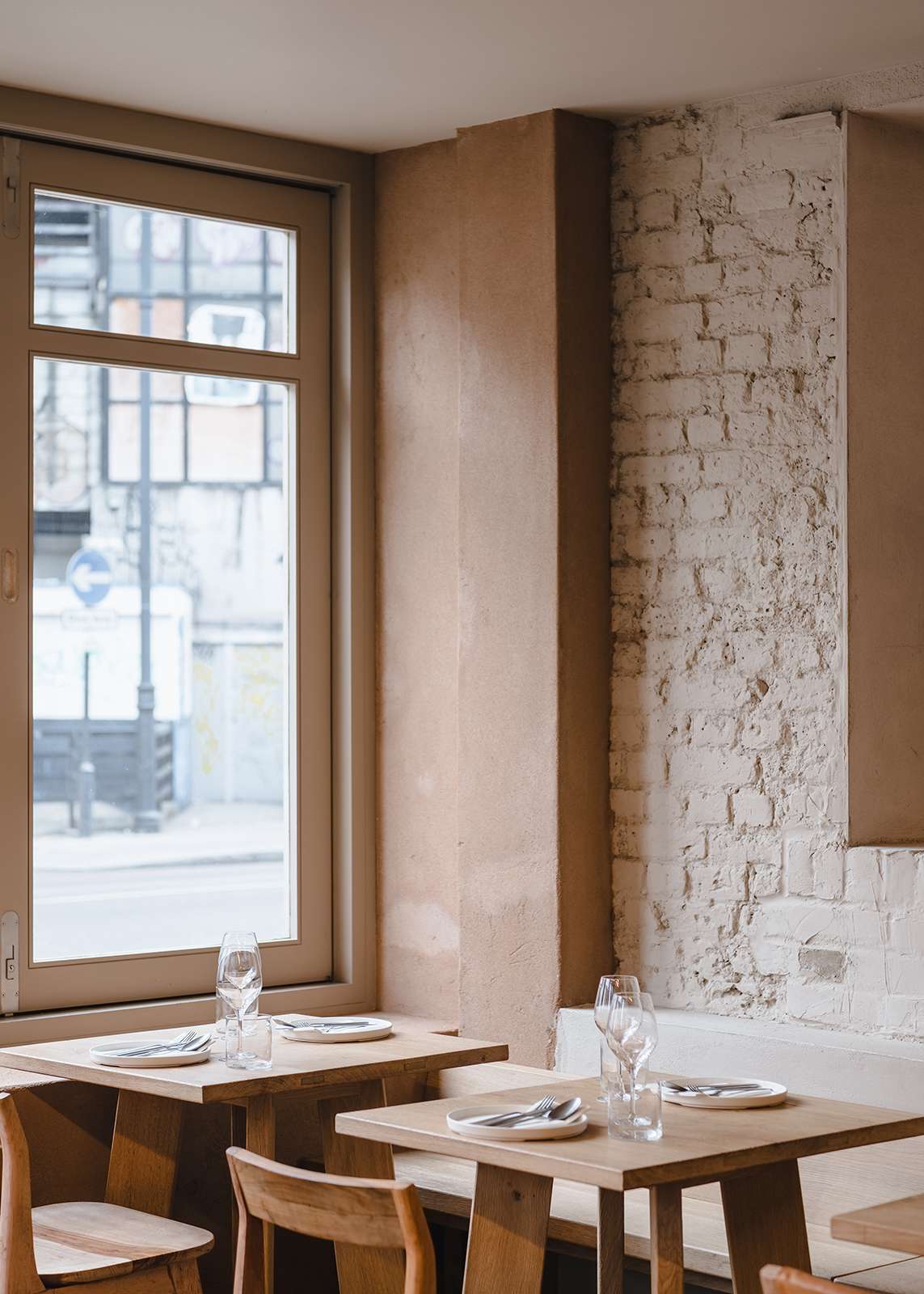
“Manteca translates to mean pork fat in Spanish. But it’s also the title of a Dizzy Gillespie song. I listened to the track and thought: ‘That’s it, that’s the vibe.’ The name just worked for what I wanted to do here. To me, restaurants are an emotional experience. They are a sum of parts: the food could be amazing, but if the atmosphere isn’t right, the restaurant won’t succeed. There needs to be harmony between the two.
“Manteca was born out of conversations between me and my business partner, David Carter. We were introduced when he was looking for a head chef at Smokestak. We soon realised that we see eye to eye about restaurants and what we think they should be.
“I’m inspired by the buzzy restaurants I have been to in the USA: in LA and New York, the dining experience is all about the vibe. Here in London, there are a lot of successful restaurants, but they tend to be smaller in size. David and I didn’t want to follow that trend. We wanted to do high-end food at volume, which isn’t easy to achieve. It means you need more customers and staff. There’s more to manage and maintaining consistency and quality can be tricky.
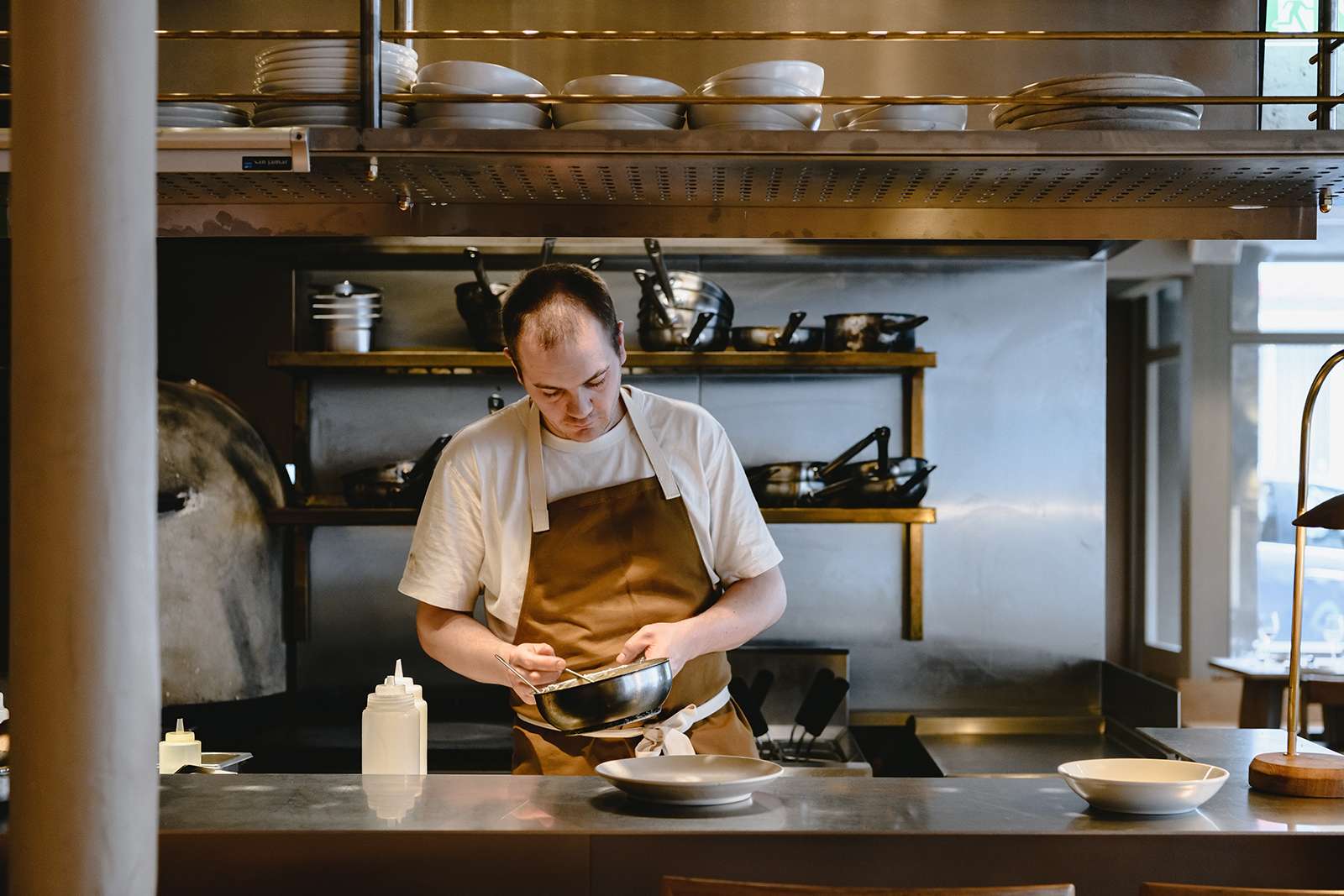
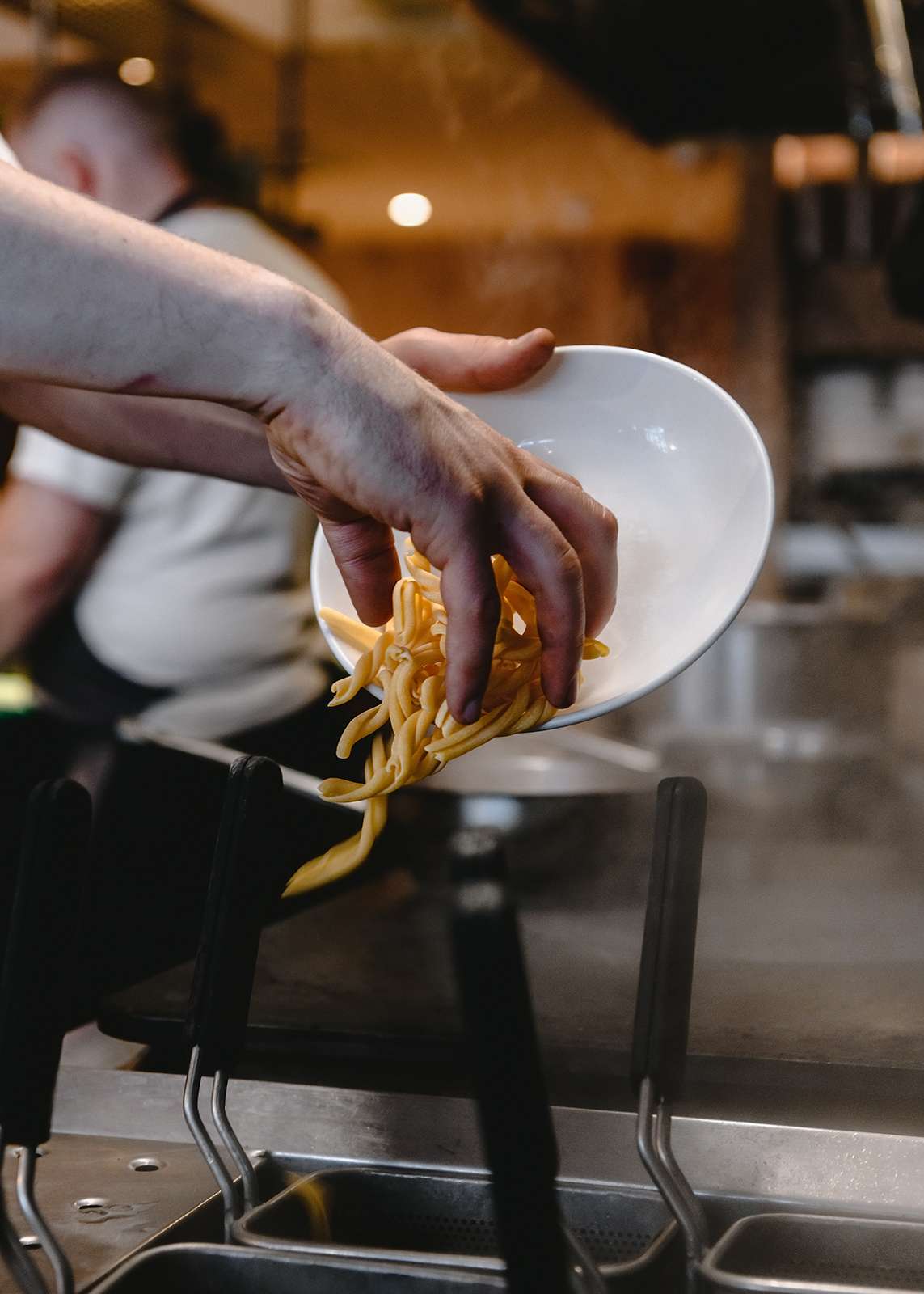
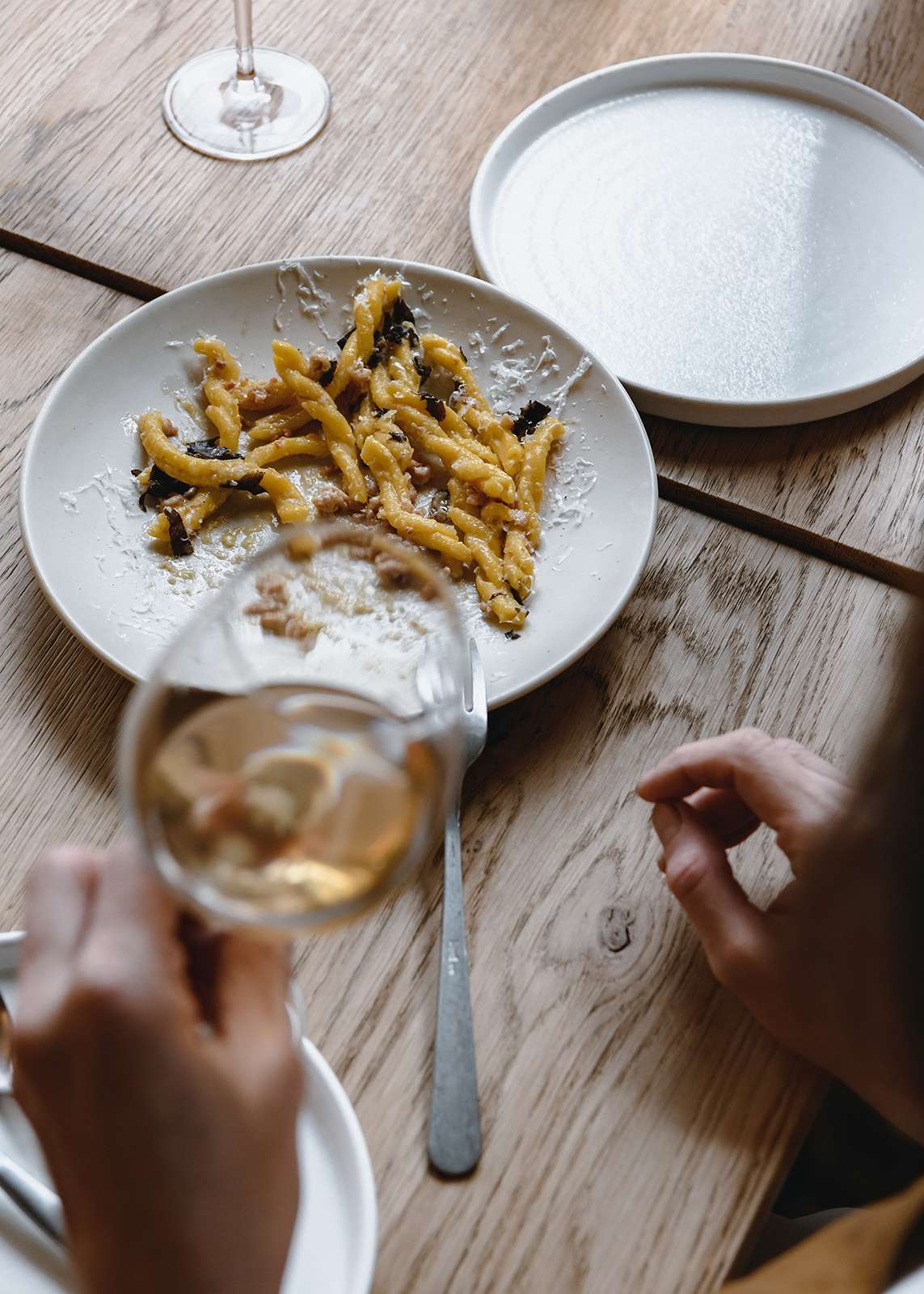
“We wanted to keep the space fairly simple. We worked with a designer on the interiors and it was her idea to put the bar and kitchen in the middle of the restaurant. When you walk in, especially when it’s busy, there’s atmosphere at its heart.
“We’re a nose-to-tail restaurant but the biggest thing we do here is pasta. It’s our bread and butter. As a chef, you can be as creative or as safe with it as you like. One thing I never wanted was for the restaurant to be exclusive or too expensive; I want the prices to feel accessible. Our pasta menu means you can come for a bowl and a glass of wine for £20.
“In a way, I’ve come full circle. Fresh pasta was one of the first things I tried to cook. The recipe was taken from a Jamie Oliver book, which was a present for my 12th birthday. My mum used to watch cooking shows that I thought were quite naff, but then Jamie came along. On The Naked Chef he would slide down spiral stairs and ride around on a scooter. He made food fun! Another recipe I would make from his book was semifreddo – ice cream with praline – but I’d make mine with Crunchie bars.
“I wanted to be a chef from then on, but I let everyone around me talk me out of it. Nobody thought it was a good idea; I was told the hours are anti-social. I went to university and did an art-foundation course then an illustration degree, but as soon as I graduated, I found a job in a kitchen – and I absolutely loved it. I thought: ‘I was right all along.’

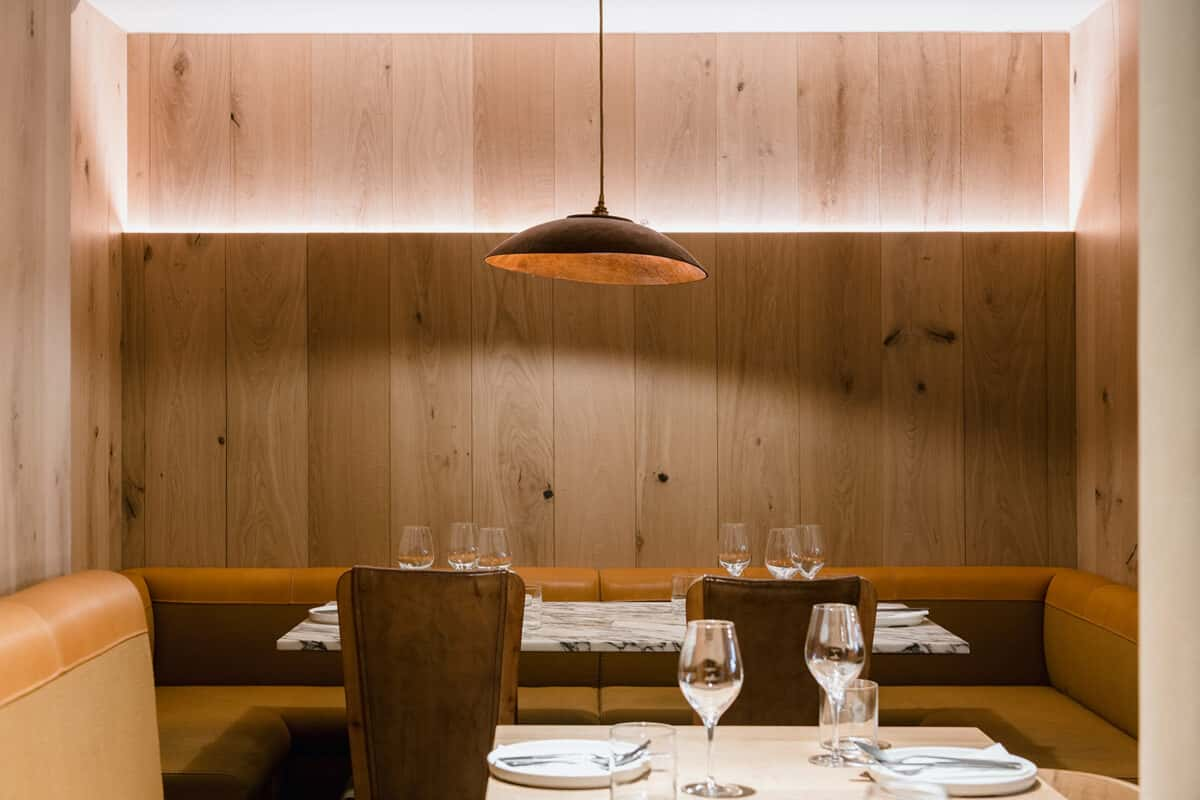
“I experienced nose-to-tail cooking early on in my career. I worked in a restaurant in Manchester and the fellow who owned it had a farm with pigs and sheep, which we would then cook in the kitchen. Then, when I came to London, I worked at Pitt Cue in Soho when it first opened and that was amazing. It was a tiny kitchen, but we were using whole pigs sourced directly from farms and I learned a lot about produce. I was eating at places like St. John, too, so I was finding out more and more about the breaking down of animals for food.
“I find it such an exciting way to cook. Nose-to-tail cooking allows you to buy directly from smaller farmers. We work with a butcher and beef farmer in Cornwall called Philip Warren Butchers. They’re so good to work with and have great products. There are smaller farms that we buy directly from too. Some even deliver the produce themselves in their van. If you are going to eat meat, you can source it from somewhere where it’s part of the infrastructure, where animals are needed to grow the crops on the land.
“Some restaurants will order in, say, 50 pork chops the night before serving. Here at Manteca, we go, ‘Right, we’ve got a pig. What can we do with it?’ Once it’s gone, it’s gone. Nose-to-tail means you have to be more creative and cook more respectfully.”
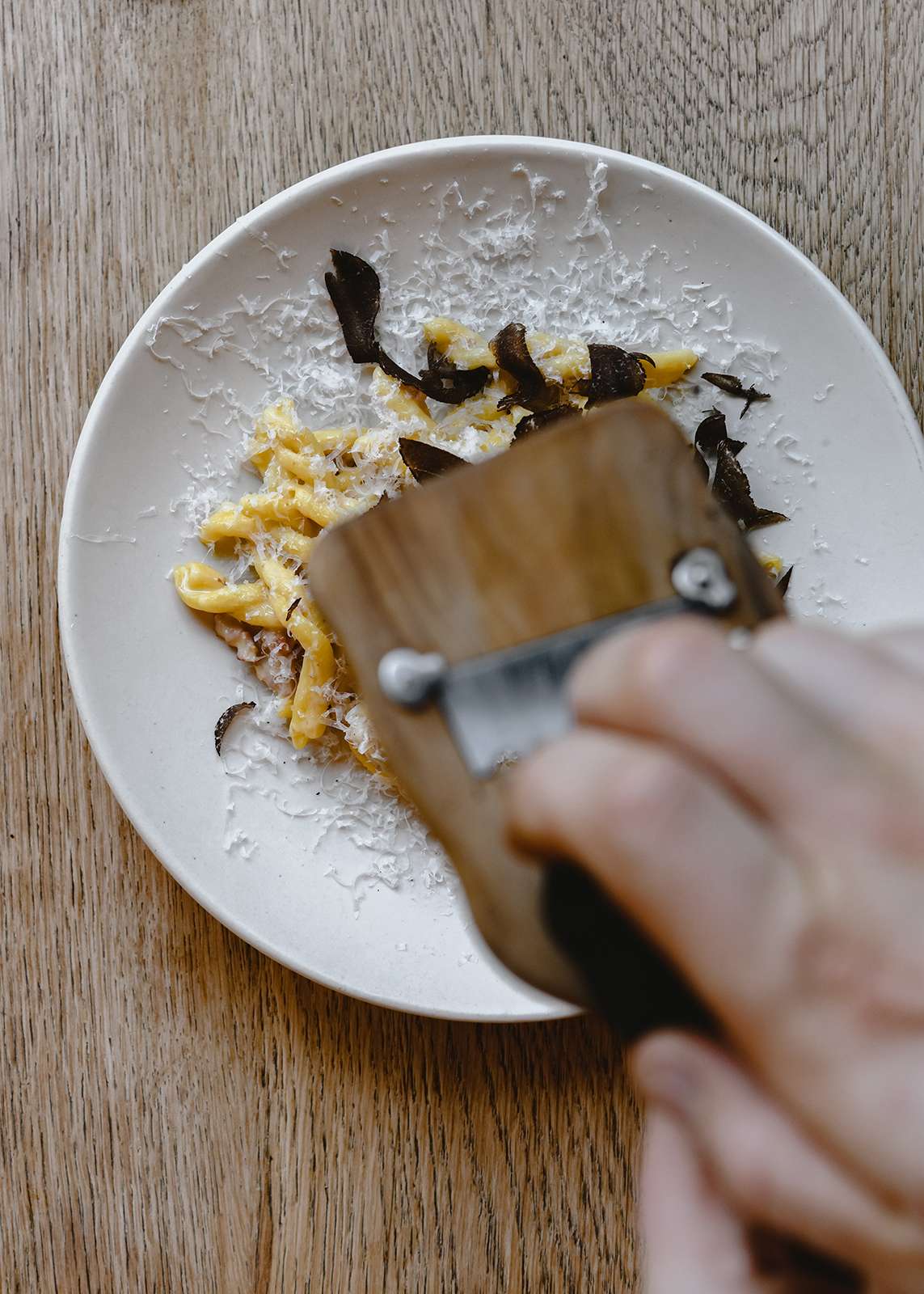
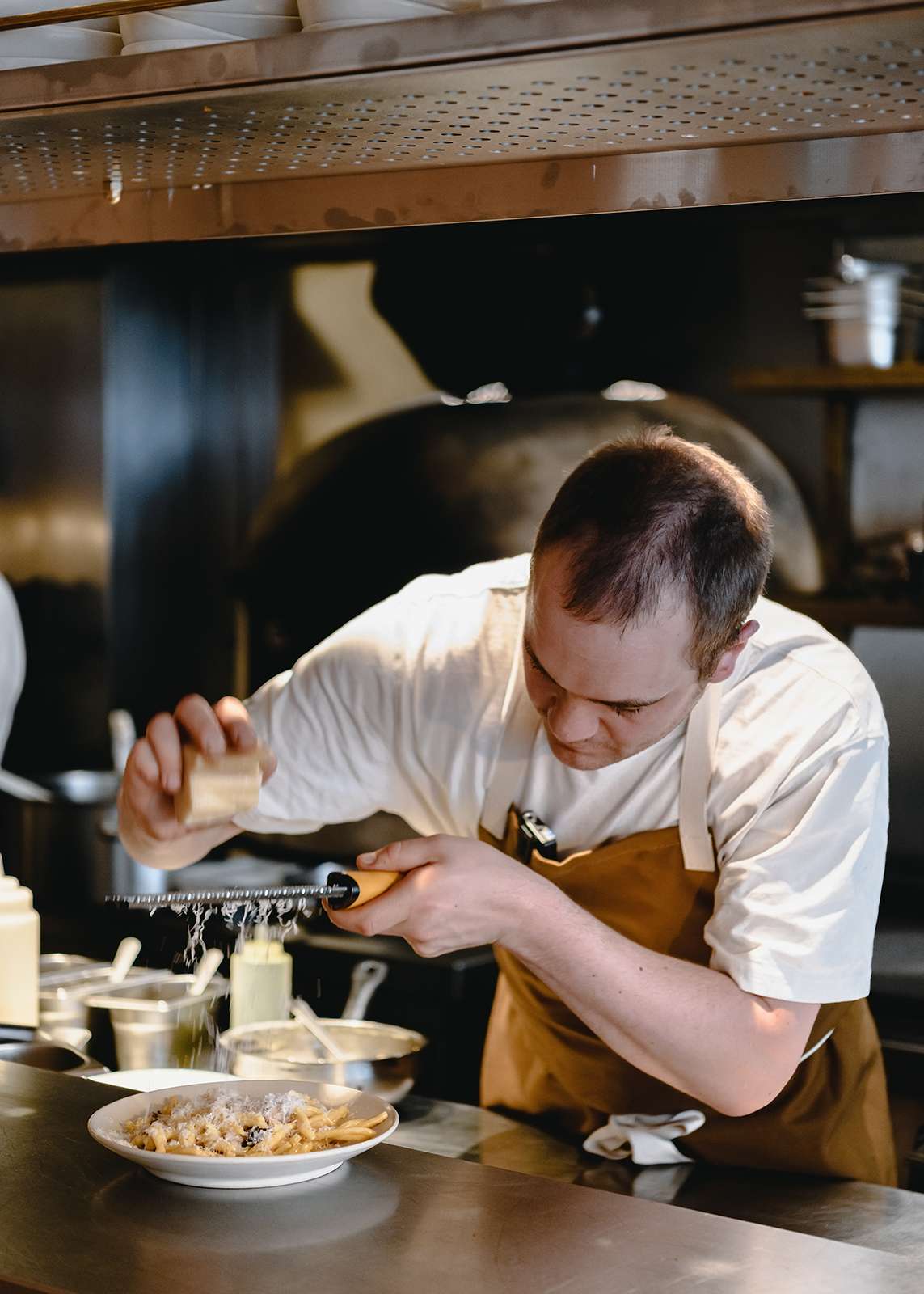
“This dish can be made with any kind of pasta, but we make ours with strozzapreti. The dish originates from Norcia, Umbria, a region in Italy famous for its pork, wild boar and sausage. This recipe is easy to adapt at home: you can use any kind of sausages and make it with or without truffle. It’s a good, easy meal – and it’s delicious.”
Serves two
25ml olive oil
1 garlic clove, crushed
100g pork sausage, sliced into small chunks
75ml dry white wine
50ml double cream
15g preserved black truffle
200g strozzapreti
60g grated parmesan
1 small black truffle
In a pan, heat the oil and add the garlic and sausage until it gets some colour. When the sausage is cooked, remove the crushed clove and add the white wine and then reduce the liquid by half. Stir in the cream and preserved truffle and put the pan on a gentle simmer.
In a separate pan, boil some water and then pour in the pasta. Cook until it’s just under your liking and, using a slotted spoon, add the pasta to the sauce. Turn the heat up slightly and toss the pasta with the cheese until fully coated.
Divide the pasta into two bowls and finish with fresh truffle.
